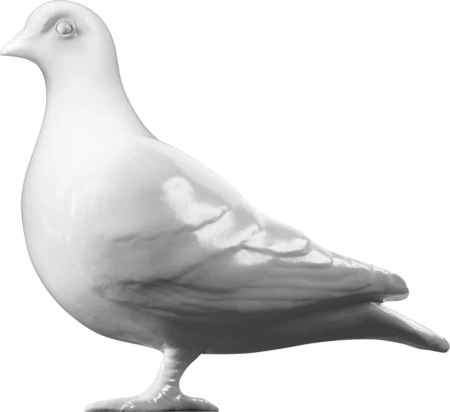Archaeology — Roman; c.150-250
Animal remains, animal bone, scabbard, scabbard chape
Incomplete, rectangular bone chape with flared sides. The lower end is cut to a decorative, undulating pattern, while notches are cut into the upper edge. An incised marginal line runs down the surviving side and there are traces of a median rib and the remains of one pelta-shaped cut-out. This forms the separate front plate of a box chape - the sides curling back with a groove cut down the edge to take the back plate.
The single bone box-chape from London is representative of the most commonly recovered form of this class of object and may be dated to the late second to mid third centuries. The earliest example of the form is probably that from Dover, dated to c. AD163/5-208. The type is well distributed throughout Britain with many examples from civil sites of southern Britain and its discovery in London is not, therefore, surprising.
- Category:
- Archaeology
- Object ID:
- SH74[595]<313>
- Object name:
- animal remains, animal bone, scabbard, scabbard chape
- Object type:
- Artist/Maker:
- —
- Related people:
- Related events:
- Related places:
- Production date:
- Roman; c.150-250
- Material:
bone
- Measurements/duration:
- L 72 mm, W 27 mm, T (top) 15 mm (overall)
- Part of:
- —
- On display:
- —
- Record quality:
- 100%
- Part of this object:
- —
- Owner Status & Credit:
Archaeological archive
- Copyright holder:
digital image © London Museum
- Image credit:
- —
- Creative commons usage:
- —
- License this image:
To license this image for commercial use, please contact the London Museum Picture Library.

